Little Cayman's Big Time Diving
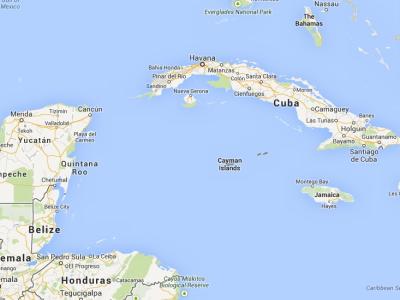
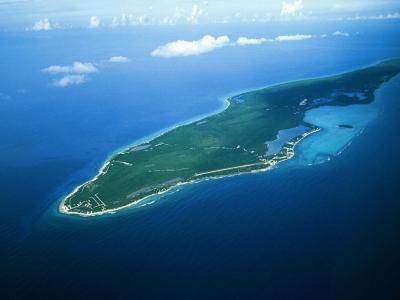
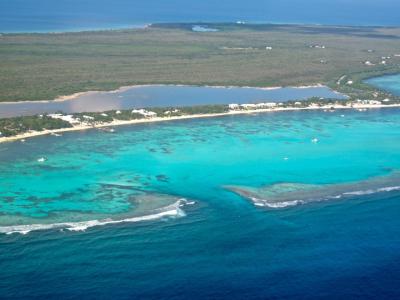
If you are looking for a dive destination that even Phillipe Cousteau considered one of the top three dive destinations in the world, yet it is still not inundated with tourist galore, then you can’t find a bigger island with more magnificent and mesmerizing dive sites than the island simply known as Little Cayman.
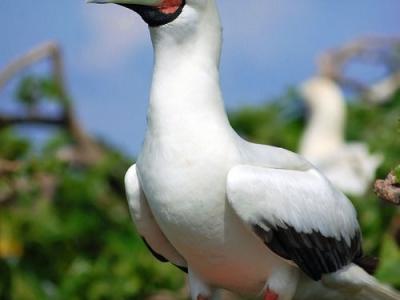
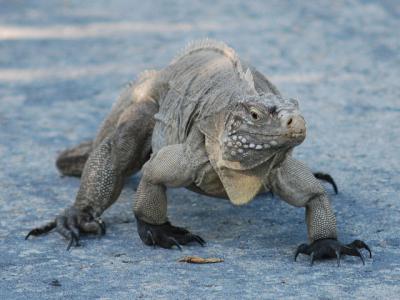
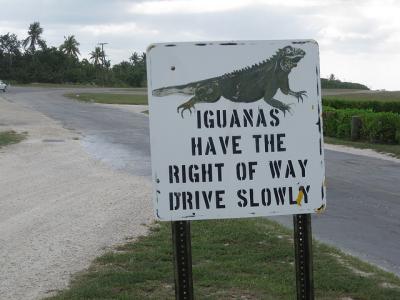
The island population has exploded since the early nineteen eighties and now there are close to 170 some people living on the island, and although you might think this number is a lot, it is nothing compared to the two thousand rock iguanas living on the island which have the right of way around the island. Now take the total number of locals and all the tourists and this total will still be so small that the vast majority of red footed boobies are unaware that humans are even on Little Cayman. We’re not exactly sure how an ornithologist arrived at 5,000 pairs of red footed boobies. This round number makes us wonder, did they just stop counting when they reached this number and then head for the reef where the hawksbill turtles like to hang out? We may never know the answer, but if you are like most “Birders” we had you at “red footed” and most photographers will agree that there is nothing more picturesque than a pair of boobies posing for a camera. Of course, we almost sincerely apologize for this blatant misuse of fowl humor.
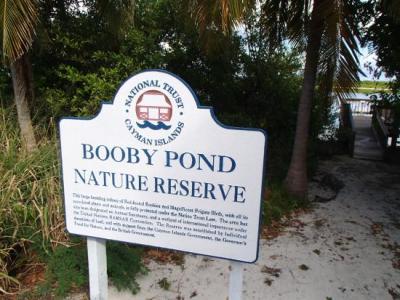
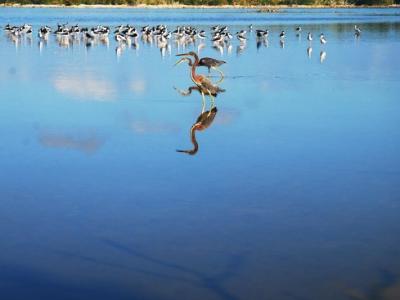
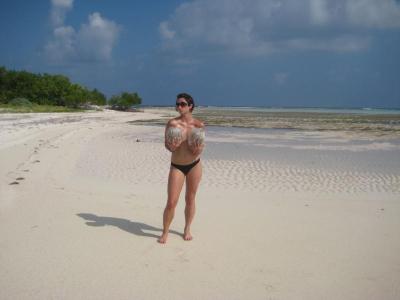
On the more serious side, the Cayman Islands are actually a collection of three separate instances where the peaks of the Cayman ridge broke through the Caribbean Sea’s surface. Little Cayman tops the surface by a mere 40ft (12m). On the north side of this ridge lays the Yucatan Basin and on the south side is the Cayman Trench. Little Cayman is approximately 80 miles (129km) east of Grand Cayman and 5 miles (8km) from Cayman Brac. Little Cayman is directly south of Miami with a little plane hop over or around Cuba, but typically, flights to Little Cayman arrive several times a day direct or non-stop via Grand Cayman.
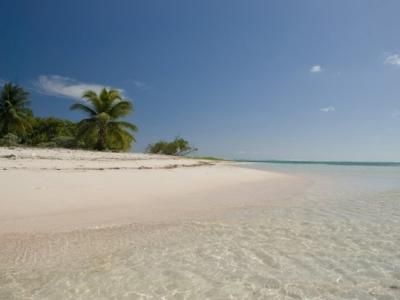
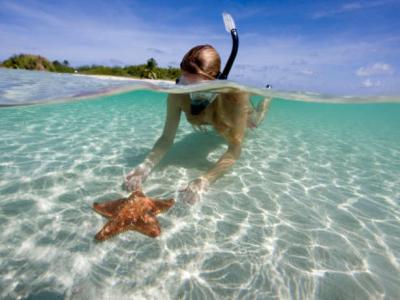
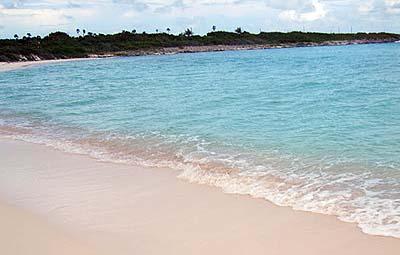
Southeast of Little Cayman is Jamaica which tends to shield the Caymans from most hurricanes. Around these three exposed island peaks are fringing reefs, coral heads, sand plains that over time deposit vast amounts of sand down chutes that form between finger shaped coral canyons and ridges. Around, between, and hidden by the coral outcroppings you may encounter pinnacles, arches, tunnels, chimneys, mini-walls, caves, and eventually walls that descend downward into the deep blue.
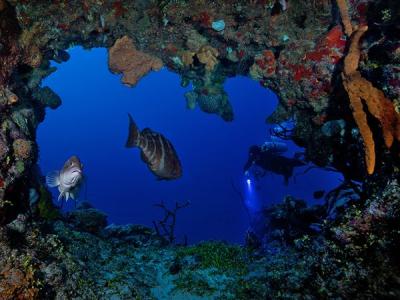
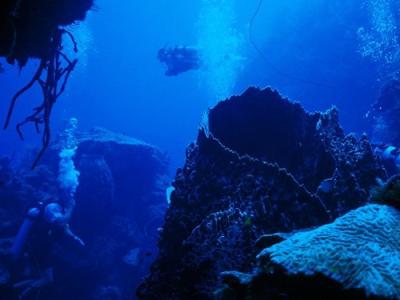
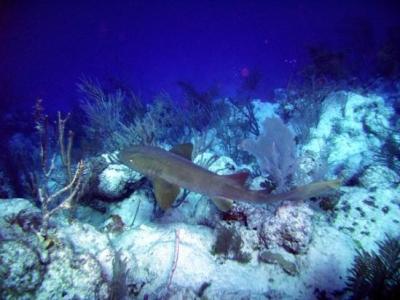
Back to the area which makes Little Cayman such a famous place to dive we have to go to Bloody Bay on the slightly northwest side of the island. The wall starts at a mere 18ft (6m) of depth, but it is such a long shallow swim from shore before you reach the edge of the wall that may descend eventually down to 3,000ft+ (1,000m) and this is why some 99% of all local diving is facilitated by boat. To visit some 76 different local dive sites is quite an undertaking and since most visits are from Saturday to Saturday on Little Cayman you might as well plan a second trip or extend your first excursion.
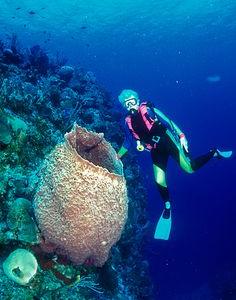
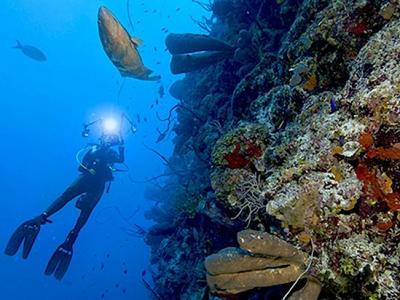
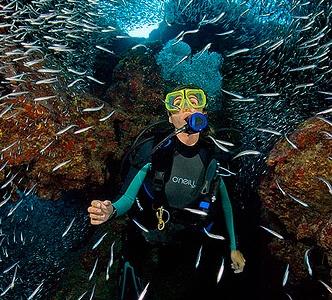
There are some 24 dive sites on Bloody Bay and the adjacent Jackson Bay, but the favorite dive site of all for divers, underwater photographers, videographers and instructors alike has to be Mixing Bowl; aka (Three Fathoms). If you are facing Three Fathom Wall on the left side of the wall is a sand chute that descends down to 110ft (34m). A short distance more is a coral arch and to the left of a flat coral head is a cave that leads to a second canyon. To the right of Three fathom wall is Marylyn’s Cut which is where a large mushroom topped pinnacle is cut from the surrounding wall and goes down to 80ft (24m). Just to the right of the pinnacle is a cave where light filters in the open roof area and air bubbles filter out. Randy’s Gazebo is similar to Mixing Bowl with structural features on both sides of the wall, but on a smaller scale so you can explore this site on a single dive.
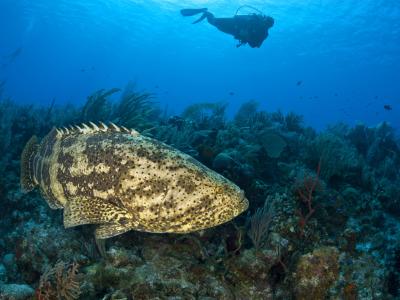
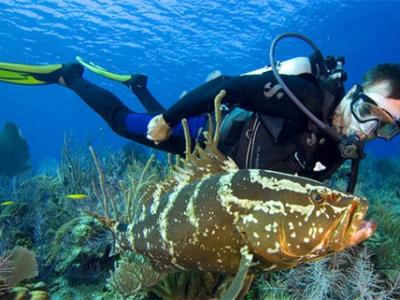
Besides the rock formations, there are myriads of yellow and red tube sponges, elephant ears, gorgonians, invertebrates of all sizes and types, schools of reef fish such as grunts and snappers, barracuda, sharks, rays and Nassau groupers. Grouper are found off Little Cayman in great abundance because of the long standing designated grouper spawning areas off both the west and east end of the island. Although, how they get the grouper to adhere to these specific courtship coordinates is beyond the scope of this article.
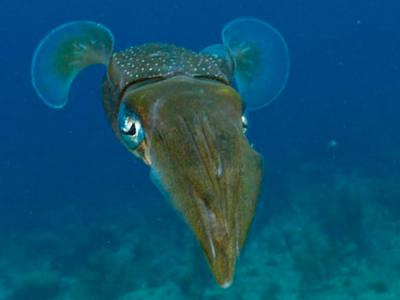
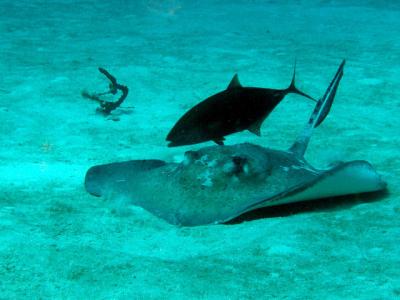
Now if you are into wreck dives several dive charters cross the short distance over to Cayman Brac, weather permitting, to spend a few dives visiting the 300ft + (91m) long former Russian Destroyer Keith Tibbetts. This dive descends down to 97ft (30m) and recently the Tibbetts broke into two pieces making it easy to investigate the engine and control rooms.
In addition to scuba diving, you can jog, bicycle around the island, go birding, or go kayaking, but the biggest non-diving sport on the island has to be blue water fishing. Little Cayman is well known for its mahi mahi, tuna, marlin, wahoo, and sailfish, and has been a sportsman’s dream out here since the 1980’s.
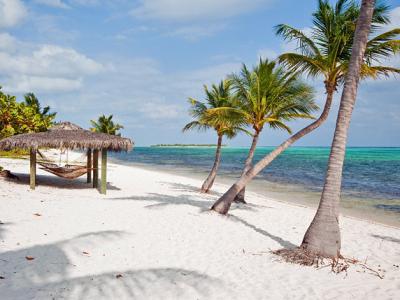
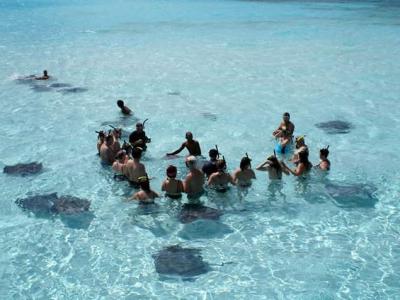
So now you know that Little Cayman is a secluded uncrowded island with world class diving, lots of iguanas, and tons of birds including thousands of pairs of red footed boobies. The island may be only 10 miles (16km) long, a little over a mile (2km) wide, and just above sea level, but if you think you can see it all in one week, then think again . . . or better yet, plan on staying longer or coming back again, but whatever you decide, we know you are going to enjoy your small island dive adventure experience in a very big and memorable way.
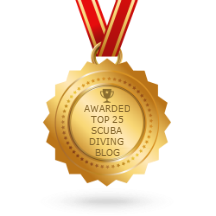
Recent Posts
- Eastern Malaysia, Sabah, Sipadan & More
- Ghost Pipefish, Pipefish, Seahorses, and Sea Dragons
- Australia Queensland and the Great Barrier Reef
- Tioman Islands, Malaysia
- The Riviera Maya
- The Peter Diving System
- The Bay Islands, Roatan, Utila, Guanaja, and more.
- The Cuttlefish; The Undisputed Master of Camouflage.
- The Maldives: A Garland of Islands in the Indian Ocean
- Frogfish, The Overlooked Camouflage Artist
Categories
- Australia
- Bahamas
- Bay Islands
- Belize
- Blue Hole
- Bonaire Diving
- Borneo
- Cayman Brac
- Cayman Islands
- Cozumel
- Curacao
- Cuttlefish
- Dive Destinations
- Dive Equipment
- Dive Liveaboards
- Dive Resorts / Properties
- Dive Travel
- Dive Travel Deals
- Diver Wellness
- Dolphins
- Dominica
- Eagle Rays
- eagle rays
- Family Travel
- Fiji
- Galapagos Islands
- Great White Shark cage diving
- Guanaja
- Honduras
- Indonesia
- Infographics
- Isla Mujeres
- Learning to Dive
- Little Cayman
- Maduro Dive Newsletter
- Malaysia
- Maldives
- Manta Rays
- Marine Life
- Mexico
- Micronesia
- Muck Diving
- Myamar
- Palau
- Papua New Guinea
- Pelagics
- Philippines
- Pinnacles
- Polynesia
- Reefs
- Riviera Maya
- Roatan
- Saba
- Sabah
- Scuba Diving
- Scuba Gear Reviews
- Scuba News/Events
- Scuba Training & Education
- Sea Legends
- sea lions
- Sea of Cortez
- Sharks
- Single Travel
- Sipadan
- Socorro Islands
- South Africa
- Specialties
- ST. Kitts
- Stingrays
- Tahiti
- Thailand
- The Bucket List
- Tobago
- Truk Lagoon (Chuuk)
- Turks and Caicos Islands
- Turtles
- Uncategorized
- Underwater Photography
- Underwater Video
- Utila
- Walls
- Whale Sharks
- Whales
- Wreck Diving
- Wrecks
- Yap
Archives
- January 2024
- April 2023
- March 2020
- March 2019
- January 2019
- November 2018
- September 2018
- July 2018
- May 2018
- March 2018
- January 2018
- October 2017
- September 2017
- June 2017
- April 2017
- February 2017
- January 2017
- October 2016
- August 2016
- July 2016
- May 2016
- March 2016
- February 2016
- January 2016
- December 2015
- August 2015
- June 2015
- April 2015
- January 2015
- November 2014
- July 2014
- April 2014
- February 2014
- December 2013
- November 2013
- October 2013
- September 2013
- August 2013
- July 2013
- June 2013
- May 2013
- April 2013
- March 2013
- February 2013
- January 2013
- December 2012
- November 2012
- October 2012
- September 2012
- August 2012
- July 2012
- June 2012
- May 2012
- April 2012












